
Animation & Toy Design 1963 - 1986 (Third Part)
You probably already know it, but at Artoyz, we are rather fond of animated films. Whether they are from a time when color did not exist on screens, or from a more recent era in which the war of particles and 3D rendering is open, animated films are an essential part of the 7th art. , especially in France which is fertile ground in this area. Therefore, we wanted to take an interest in the history of animation from its creation to today, and how animation inspires the world of toy design. This dossier is the third part of a series of at least three articles (the author of these lines is currently not yet certain of the number of articles necessary to make this great animated epic digestible).If the information below comes from several sources and personal knowledge, it is important to mention the site of l'université populaire des images which was of more than precious help with its absolutely fascinating chronological frieze.
Belvision
In 1954, Raymond Leblanc, publisher of the "Journal de Tintin", launched into the creation of a studio whose aim was to animate several comic book heroes, it was Belvision. In 1959, the studio embarked on an animated Tintin series adapting seven adventures for 102 5-minute episodes.
It is therefore with feature films that Belvision has made a name for itself in French animation. According to the Internet, the studio's first feature film was La queue du Marsupilami in 1963. The comic strip "Le nid du Marsupilami" dates from 1960, it could be that the film is an adaptation of it, however, since it is impossible to find any trace of it, the film is an urban legend. However, if a well-informed reader has information about the film, he can send me an email at the following address: adrien@old.artoyz.com.
We will occult the "sunflower affair" of 1964 which is a reassembly of the last season of the animated series, it will be necessary to wait until 1965 to see the first adaptation of the studio with Pinnochio in outer space.

A year later, Belvision moved up a gear by adapting "Asterix le Gaulois". Small problem, Goscinny and Uderzo are not kept informed of this adaptation. What follows is therefore a legitimate estrangement and the destruction of the adaptations of the golden sickle and the fight of the chiefs, adaptations which had been prepared at the same time as the first film. Since all is not black, Uderzo and Goscinny will demand to be involved in the following adaptations which will give the excellent "Asterix et Cleopatre" in 1968.
A year later, new film with "Tintin et le temple du soleil", its scenario which also includes the seven crystal balls, its quality animation and its music by Jacques Brel.
In 1971, the studio took a new step by creating an unprecedented adventure of the most famous cowboy of the ninth art: Lucky Luke. In collaboration with the authors and Pierre Tchernia, the film will allow Belvision to subsequently create the unique and unique adventure of Tintin with "Tintin et le lac aux requins" in 1972.


The studio will then continue, will experience a big slump before returning to the front of the stage thanks to Asterix by Alexandre Astier and especially the sublime La Tortue Rouge.

Yellow Submarine
In 1968, but hundreds of kilometers from our sweet France, a small English group finds itself in an animated feature film. It is, you will have surely guessed it, the Beatles and the film is none other than Yellow Submarine.
Since the music is also released independently of the film, Yellow Submarine can be considered a precursor to the music video, although the marriage between animation and music dates back to the 1920s. The animated music video will continue to make a place for itself in the world of music whether with Take on Me and its famous rotoscope or Gorillaz and the many animated pranks of Jamie Hewlett.
And since we are talking about Gorillaz, this is an opportunity to remind you that we still have a few copies of Superplastic's Gorillaz figurines left (while waiting for new products that will arrive shortly).
Let's stay in the world of music with the creation of MTV in 1981. The channel specializing in the broadcasting of clips, will do a lot for the animation whether it is thanks to its chiadees dressings or the profusion of various clips broadcast on its antenna .
Animation for adults.
In the 1960s, Robert Crumb published stories of a subversive and colorful character: Fritz the Cat. But it was in 1972 that said cat became a real phenomenon with a film adaptation by Ralph Bakshi. It was the first animated film to receive the X classification in the United States and its subversive side made it a worldwide success.

The film was disowned by Crumb who did not hesitate to kill his character in 1972.

And if you have a bit of an interest in comics, I can only recommend the three volumes of Crumb's Sketchbooks.
Bakshi will continue to make animated films for adults with a surprising adaptation of Lord of the Rings, Fire and Ice or even the very surprising (and rather mediocre) Cool World.



Closer to home, we can cite Picha, a Belgian director who had his moment of glory in 1975 with "La Honte de la Jungle" (also rated X), then in 1980 with "Le chainon manquant".


Many years later, in 1984, we see the appearance of the first Hentai anime series (pornographic Japanese cartoon) under the name of Lolita Anime (and no there will not be any illustrations or videos, this article will remain open to all).
L'île aux enfants
Let's go back to lighter subjects with this great incubator that was L'île aux enfants in 1974. In addition to having popularized Sesame Street in France, the show was a testing ground for French animation with series like Gribouille , la noiraude or La Linéa.



It is now and sadly time to leave each other, we meet again next week to talk about the explosion of manga in France thanks to le club Dorothée , of Le roi et l'oiseau, of Ghibli, in short of the 80s.
Our coolest products



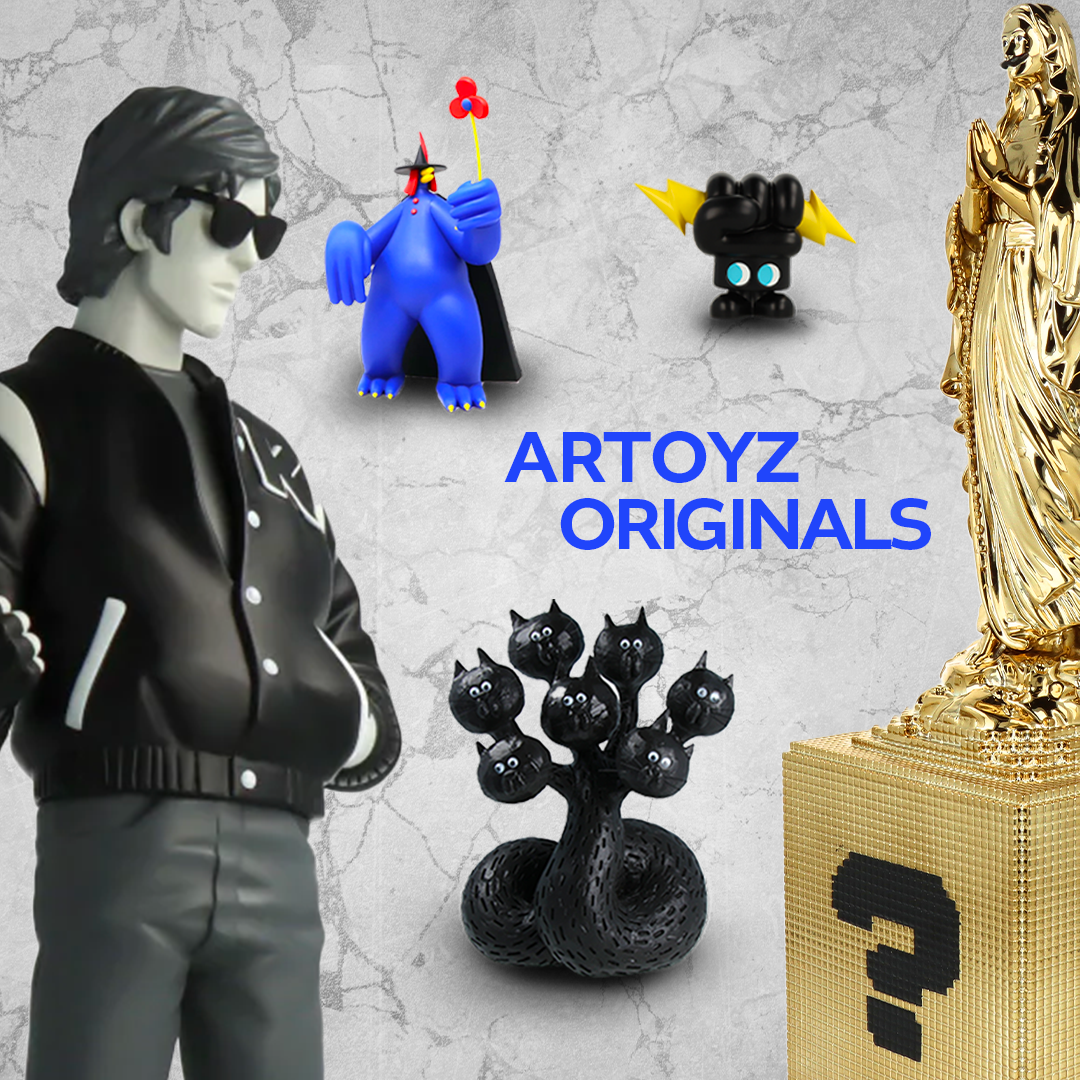








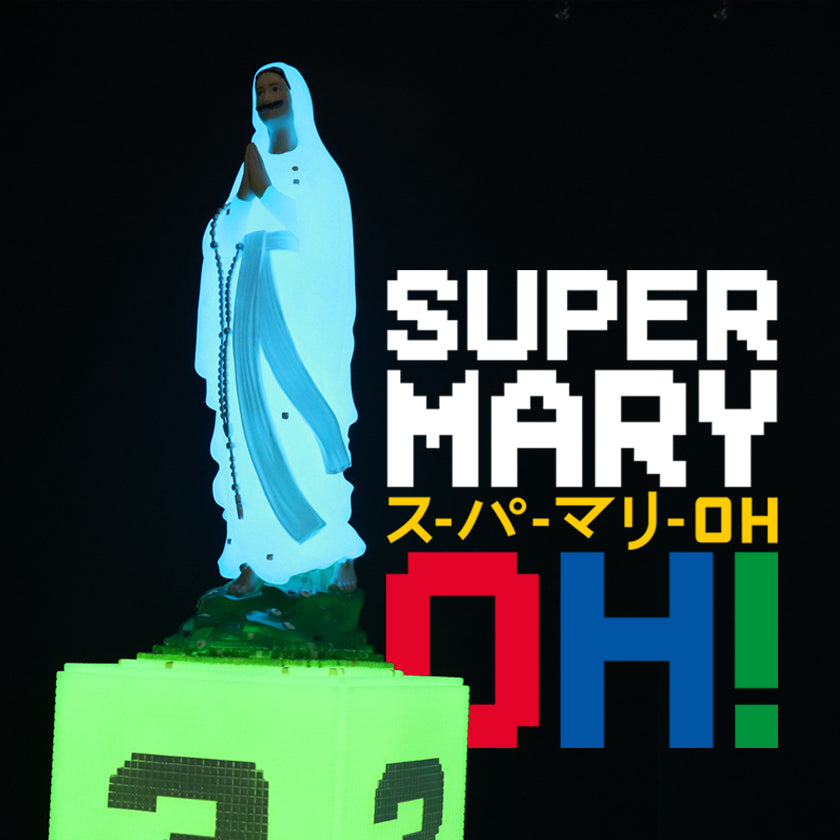






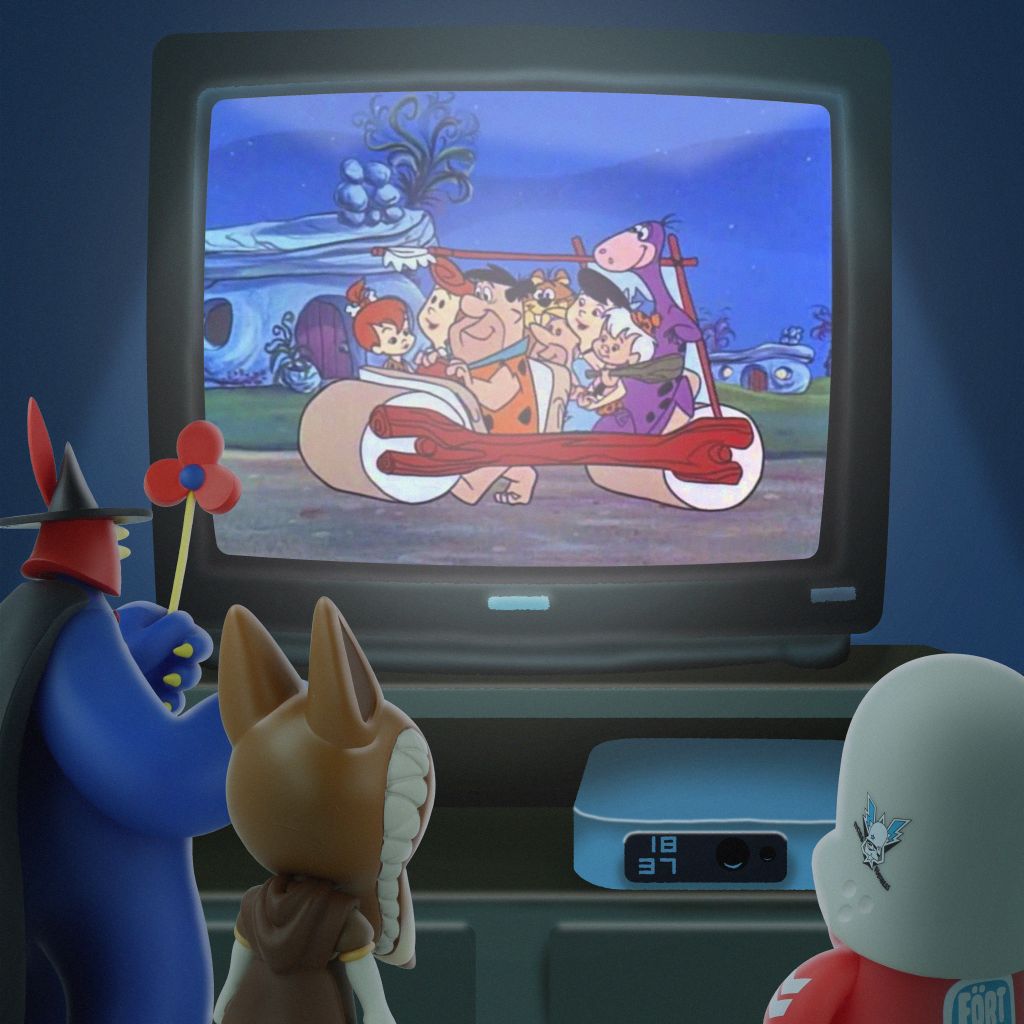
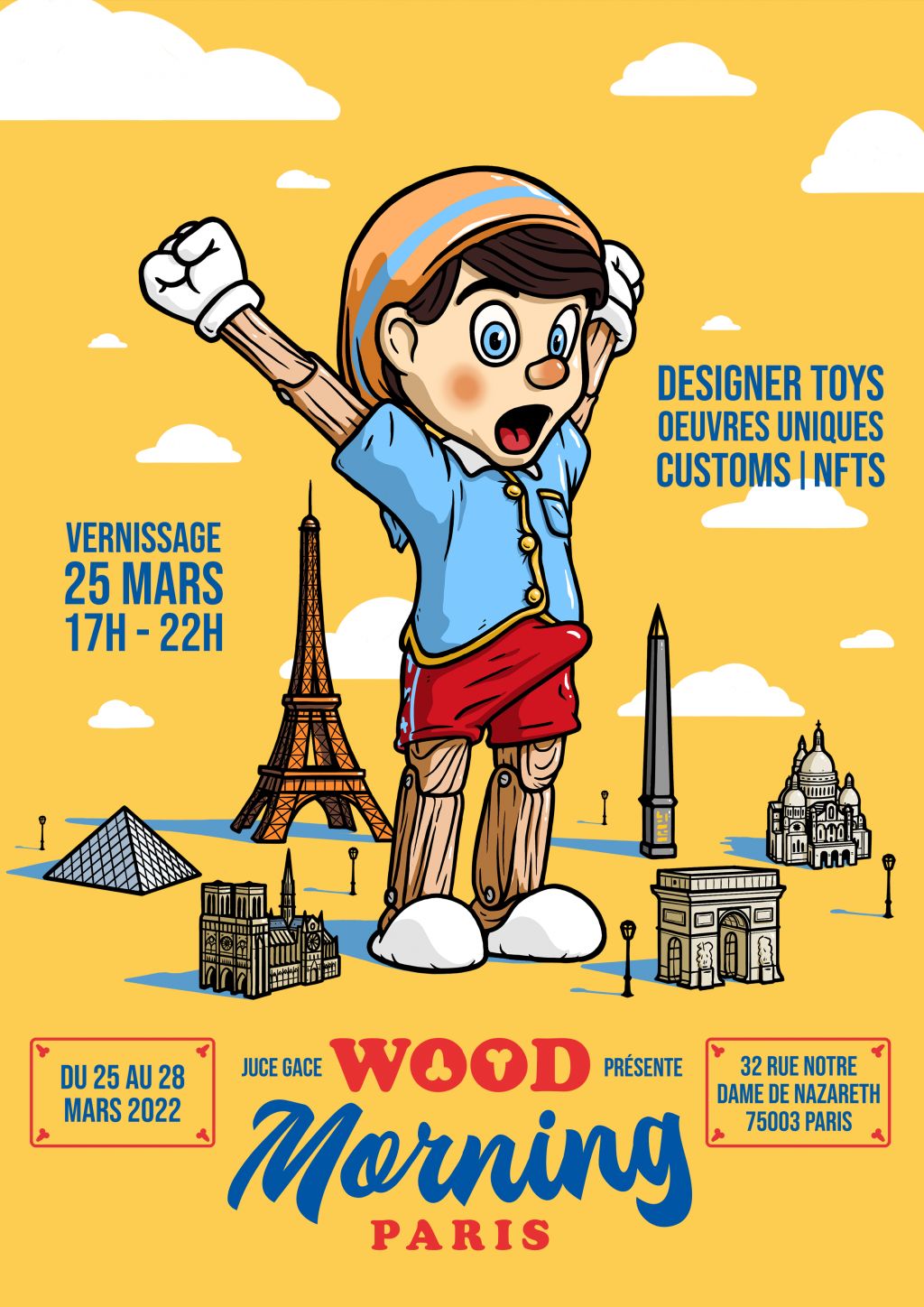





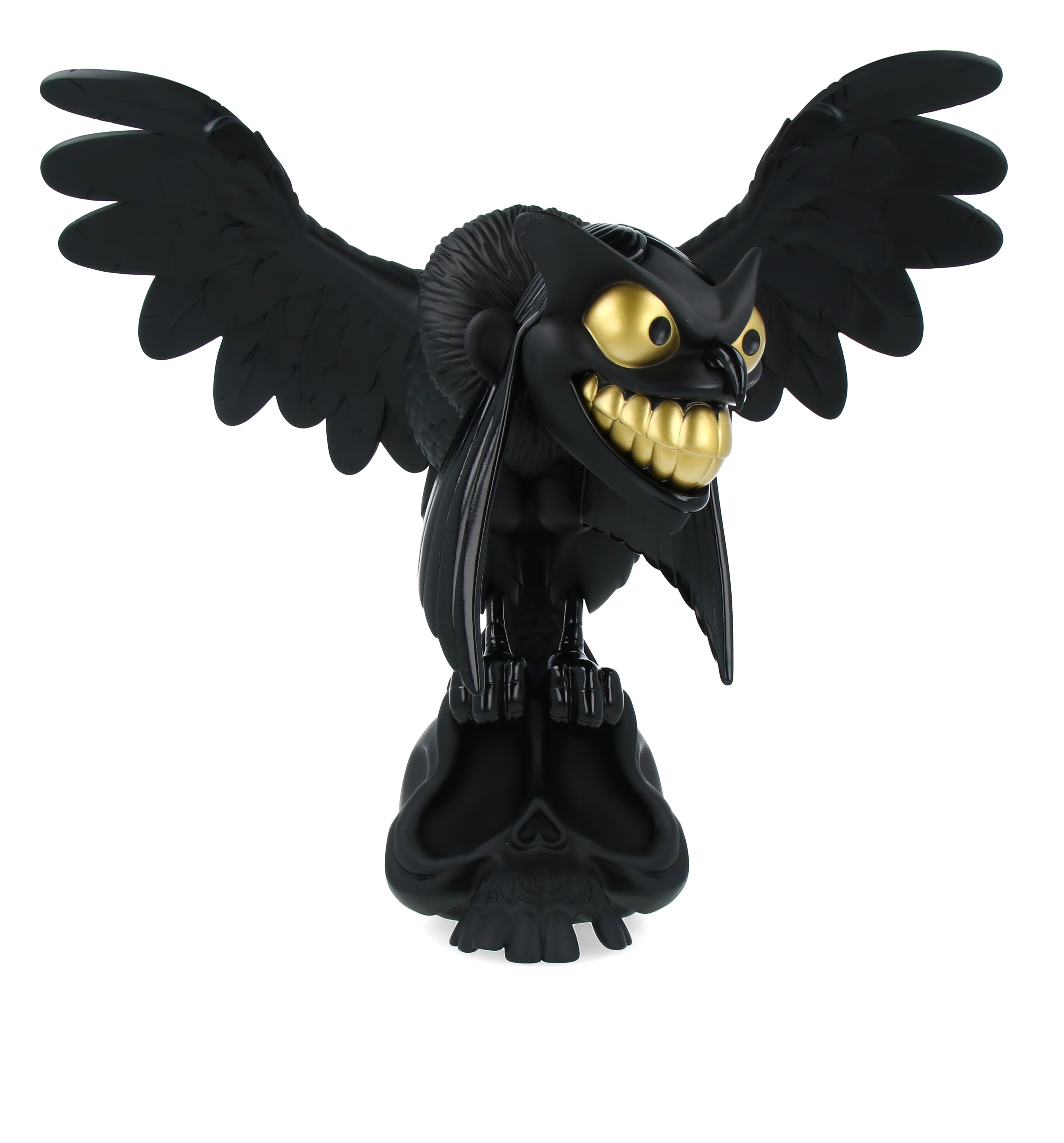





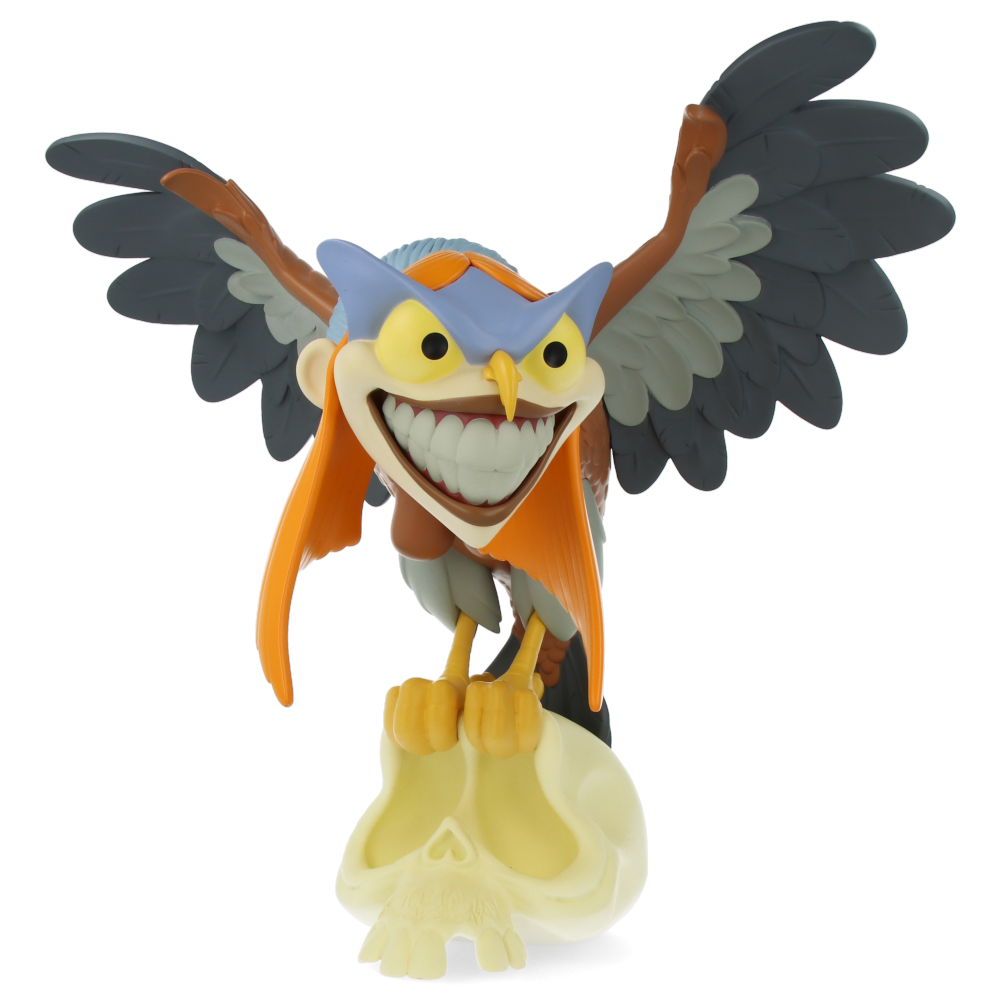


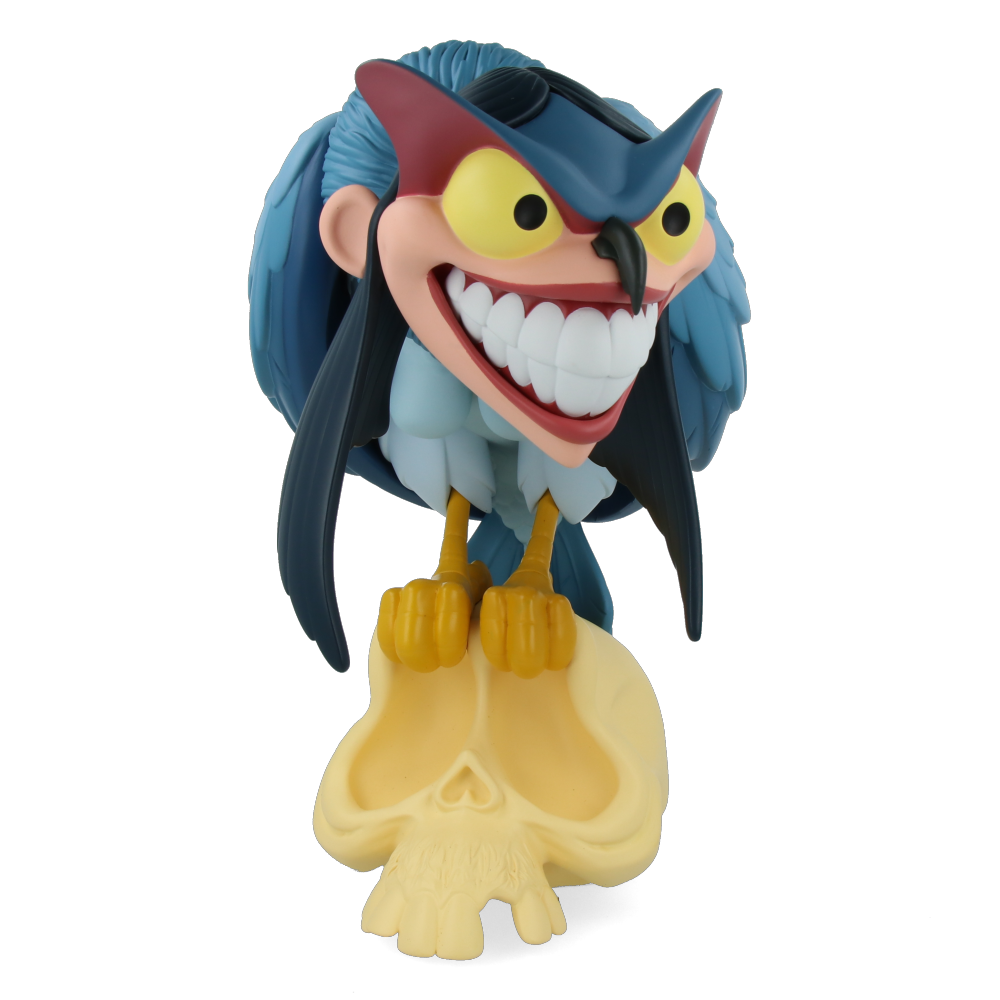
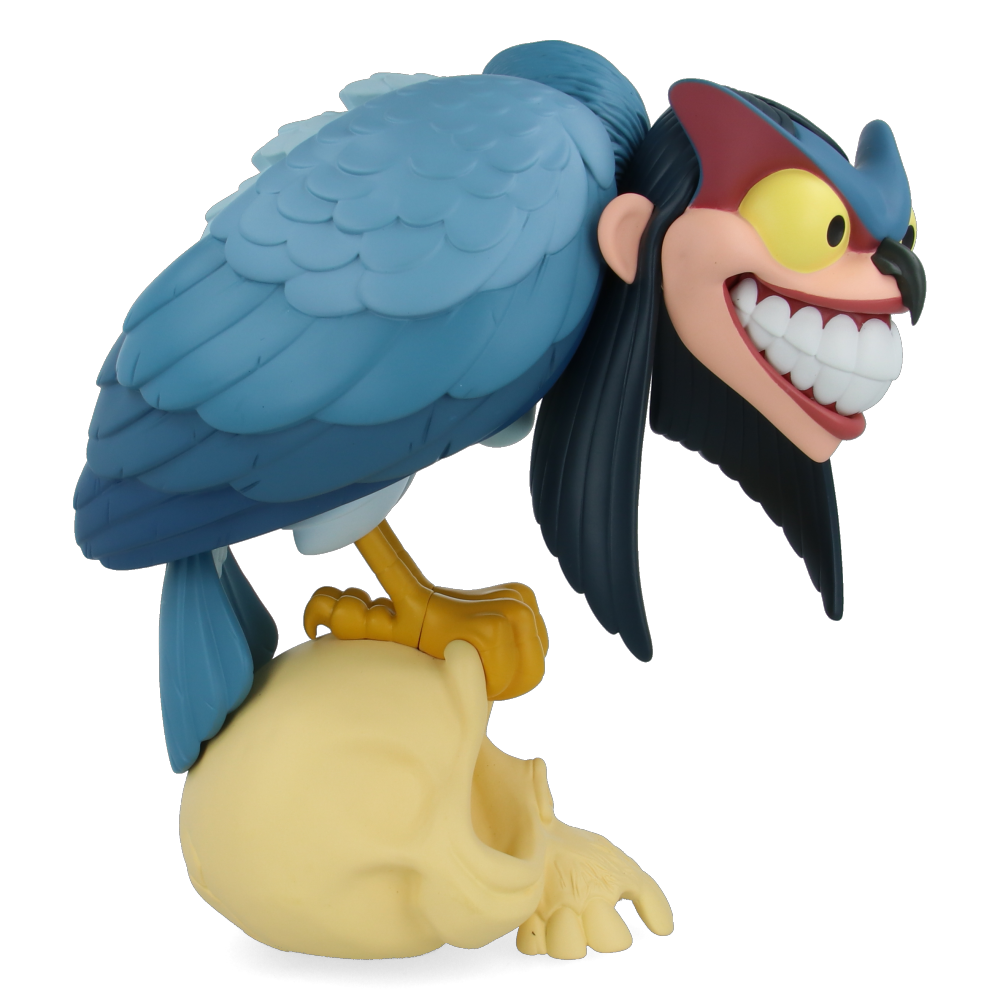

Leave a comment
This site is protected by hCaptcha and the hCaptcha Privacy Policy and Terms of Service apply.